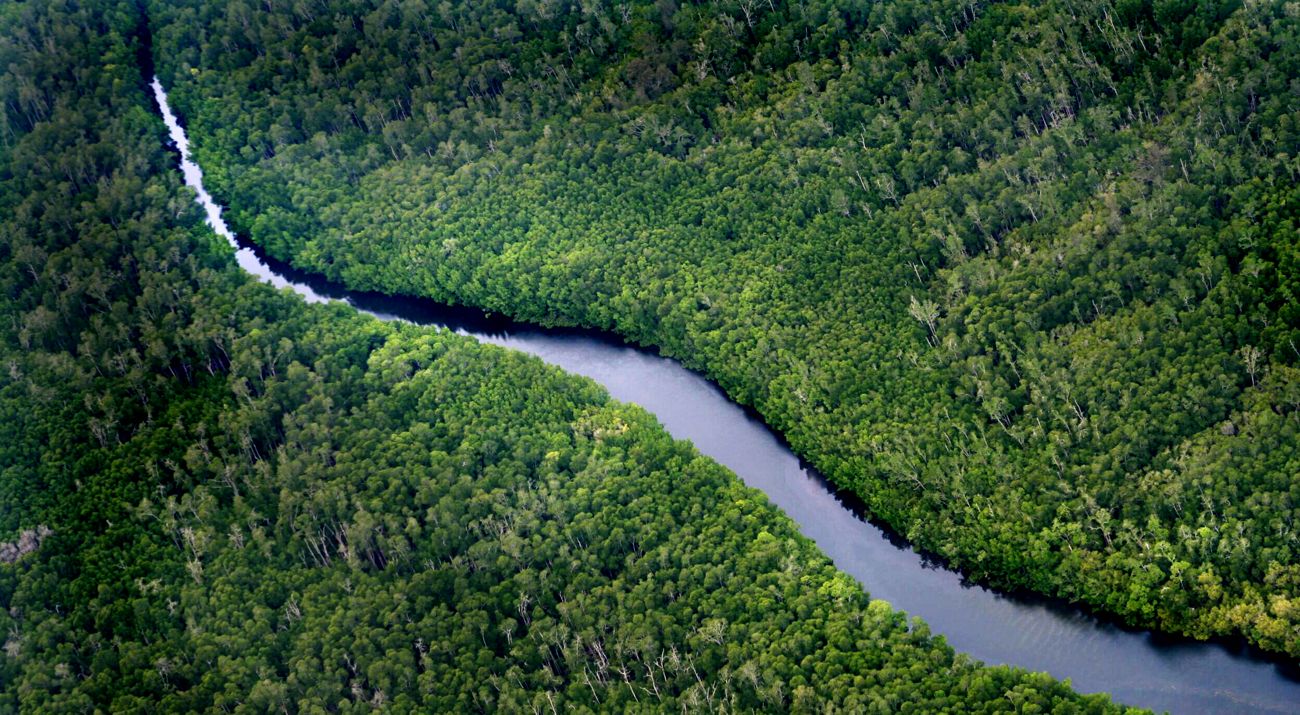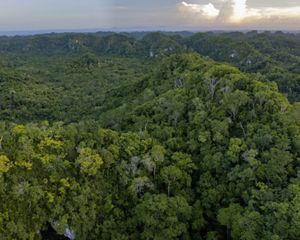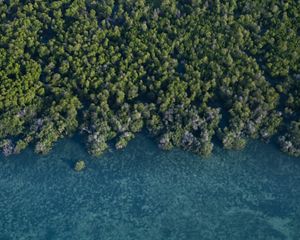The Five Principles That Define Natural Climate Solutions
A new paper clarifies how nature can provide effective, measurable and equitable solutions to tackle the climate and biodiversity crises.
Oropendula birdsong rings out through cocoa and fruit trees in an agroforestry system in the Ecuadorian Amazon. Wetlands in the Upper Okavango Delta in Angola filter water that some of the world’s most endangered species—cheetah, rhinoceros, African wild dog—depend on in the dry season. Frailejón plants in the peatlands of Colombia’s páramos capture mist and fog that drifts through the Andes, supplying clean water for millions of people who live in downstream cities. Around the world nature provides our food and water, supports community livelihoods and biodiversity, keeps our air and water clean and provides an invaluable sense of well-being—and that’s not all. We’ve known for years now that these same natural systems can actually help tackle the climate crisis.
What are natural climate solutions?
Natural climate solutions (NCS) are actions to protect, better manage, or restore ecosystems to reduce greenhouse gas emissions and store carbon. Science shows that—combined with cutting fossil-fuel use and accelerating renewable energy—natural climate solutions can help us avoid the worst effects of climate change while supporting communities, thriving ecosystems, and biodiversity.
By now we know the world is facing a climate emergency requiring immediate and coordinated action. We also know that nature can be a meaningful part of the solution, with the potential to mitigate one-third of global emissions by 2030.
So, why aren’t we harnessing the power of nature to its fullest climate potential?
One of the reasons has been a lack of understanding around how these solutions are defined. A new paper led by Peter Ellis, Director of Global Natural Climate Solutions Science at The Nature Conservancy (TNC), hopes to change that by outlining five principles to guide the global implementation of NCS.
The paper, published in Nature Communications, represents the consensus of a diverse group of authors from six organizations and is informed by leading scientific research and best practices from around the world. With global alignment on what constitutes effective, equitable, and sustainable natural climate solutions, the researchers hope to inspire immediate action to unlock the full climate potential of nature in tandem with global decarbonization efforts. Nature will always be here, but our window of opportunity to work with nature to solve the climate crisis is closing fast.
Read on to learn about the five principles of natural climate solutions, with examples of how each principle is already being put into practice in community-driven NCS projects around the world.
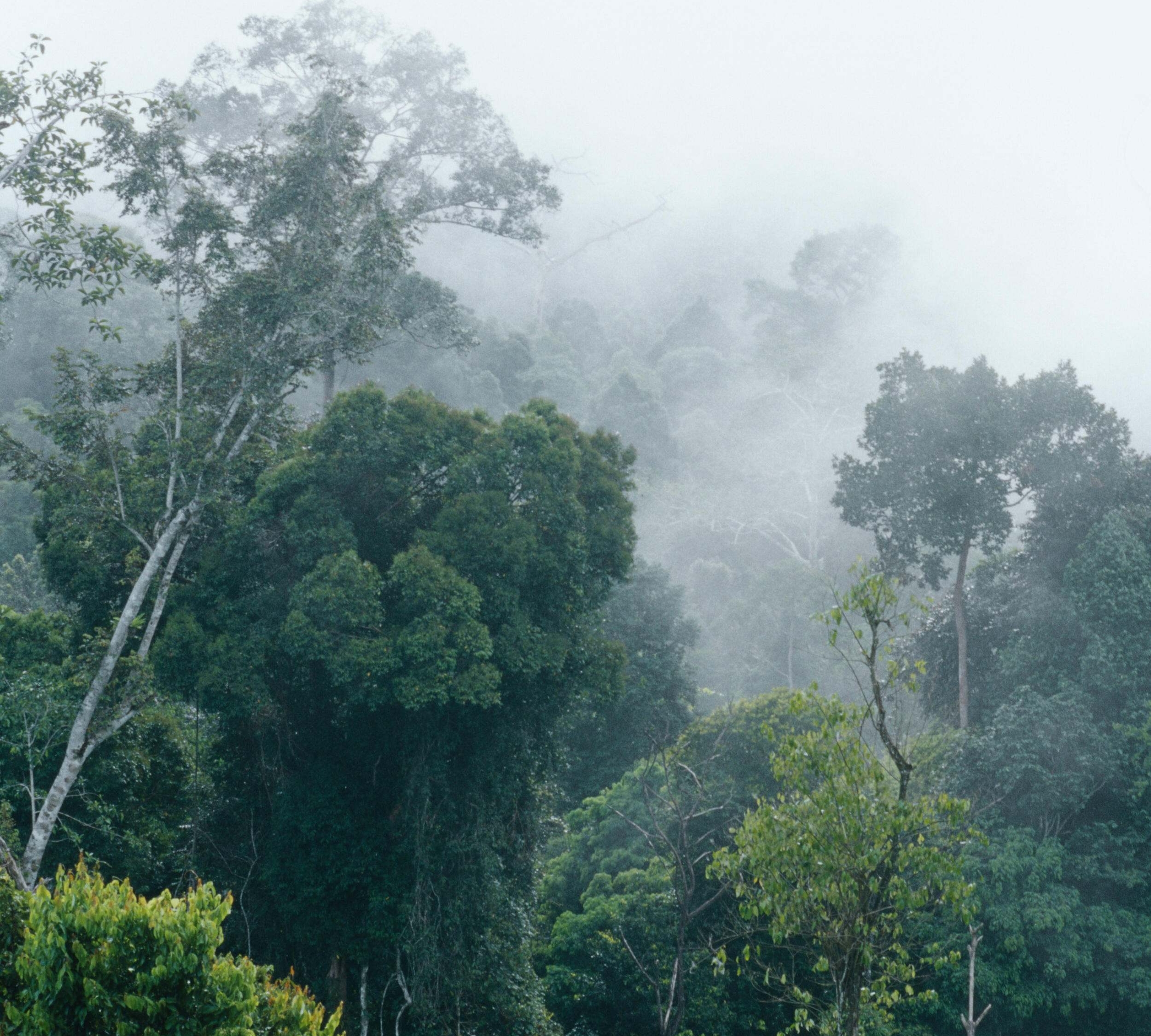
Principle 1: Natural climate solutions are nature-based.
Here it’s worth highlighting the difference between natural climate solutions and nature-based solutions. While natural climate solutions (NCS) are focused specifically on climate mitigation, nature-based solutions (NbS) are actions that address broader societal challenges by protecting, sustainably managing, and restoring ecosystems, benefiting both biodiversity and human well-being. NCS thus have strong overlaps with NbS. Although NCS focus on climate mitigation potential they can also bring innumerous co-benefits to communities, ecosystems, and biodiversity as well.
Natural climate solutions result from the human stewardship of ecosystems.
Nature and people are interconnected, and throughout history humans have shaped natural environments—sometimes for worse, sometimes for better. Natural climate solutions underscore this role that people play in positively stewarding ecosystems towards climate mitigation outcomes. An example of a climate-positive relationship between humans and natural environments can be seen in forests well-managed for timber. Many foresters have transformed logging practices to avoid unnecessary damage to the forests where they harvest wood. These improved forest management practices ensure that even a forest managed for timber stays a forest, that it stores more carbon, and that it continues to foster biodiversity.
Quote
Natural climate solutions underscore this role that people play in positively stewarding ecosystems towards climate mitigation outcomes.
Natural climate solutions do not move ecosystems further from their natural state.
Being nature-based means NCS are rooted in responsible human stewardship of ecosystems, in a way that preserves their natural state. Reforestation, for example, should be done with care to ensure that the right trees are planted in the right place. This usually means planting native species that are adapted to the region and its conditions. Tree planting without this consideration can disrupt the natural processes of the forest, so any reforestation NCS should preserve or restore the natural structure, composition and function of ecosystems.
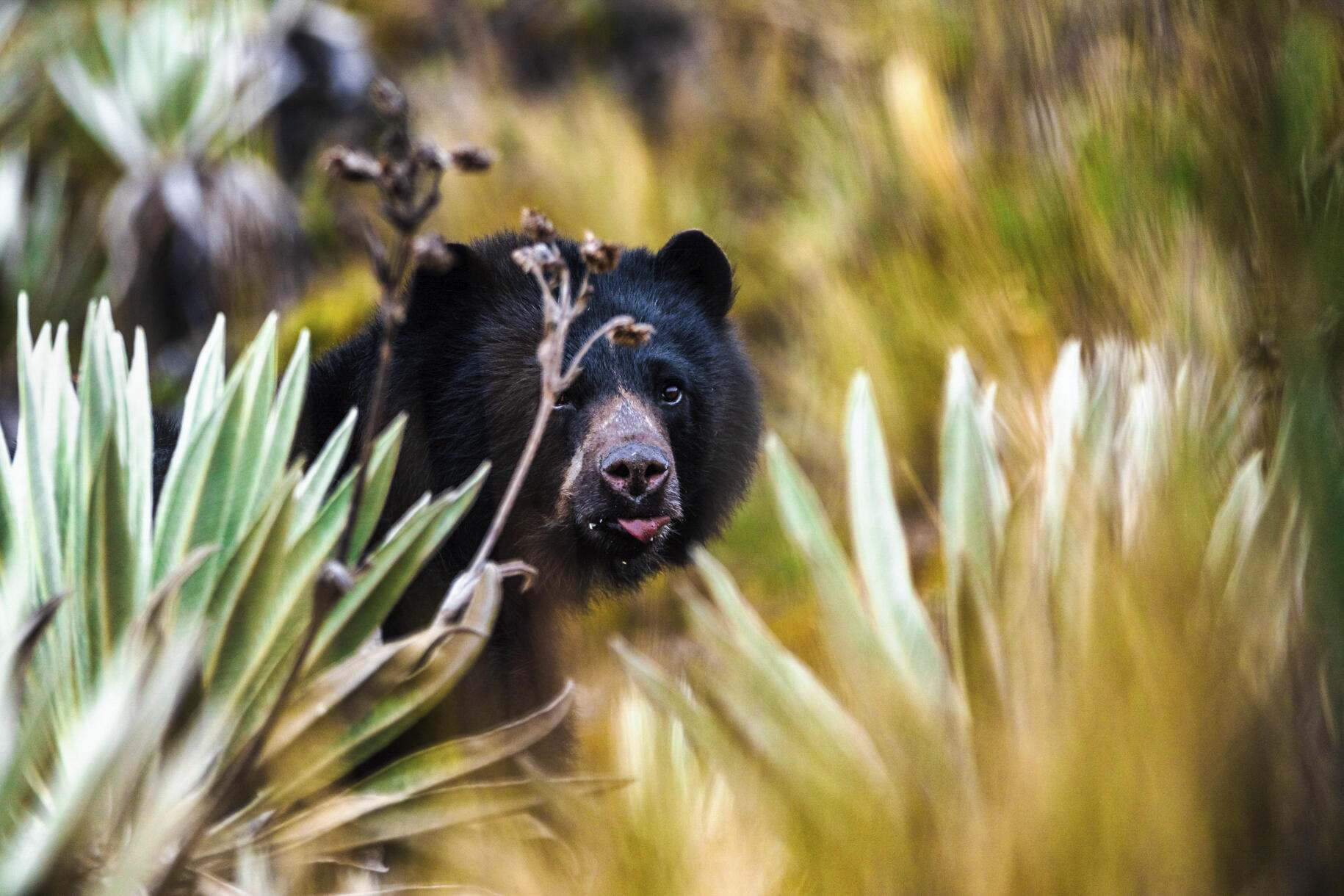
Case Study
Protecting Colombia’s Unique Peatlands
Paramos are high-altitude, carbon-rich ecosystems that are only found along the Andean mountain range in Colombia, Venezuela, Ecuador and Peru, and in parts of Central America These neotropical highlands are host to dozens of species of Espeletia or frailejón, a plant that captures large amounts of water from the area’s abundant mist and fog, stores it in peaty soils and slowly distributes it. This process protects downstream communities and infrastructure from floods and ensures a supply of clean water for millions of people in cities like Bogotá and Quito during drought.
Innovative strategies such as the Latin American Water Funds allow water users to compensate the upstream communities responsible for protecting these critical peatland ecosystems. To date, TNC Colombia and partners have helped safeguard water sources for nearly 16 million people with water funds in Bogotá and other cities that depend on water supplies from the paramo ecosystems. These funds bring together communities, farmers, governments, the corporate sector, and other stakeholders to scale up conservation and ensure water security, biodiversity protection, climate change resilience, and economic development for all. As paramos face continued degradation due to land use change and other disturbances, protection, and sustainable management of these ecosystems is vital.
Paramos, a powerful climate ally
Water, biodiversity, resilience, and human wellbeing are only the beginning of the paramos superpowers. Paramo ecosystems also have enormous climate mitigation potential, as their unique vegetation and peat-rich soils store and sequester carbon, trapping it in the soils for millennia. Until now, there has been a lack of robust information around paramos protection and restoration as a natural climate solution. TNC Colombia is developing research and tools that decision makers can use to incorporate the climate mitigation potential of the paramos into Colombia’s climate commitments and plans.
Working with upstream communities in the paramos to safeguard these critical habitats means honoring the first principle of natural climate solutions: ensuring that NCS result from the human stewardship of ecosystems in a way that preserves their natural state.
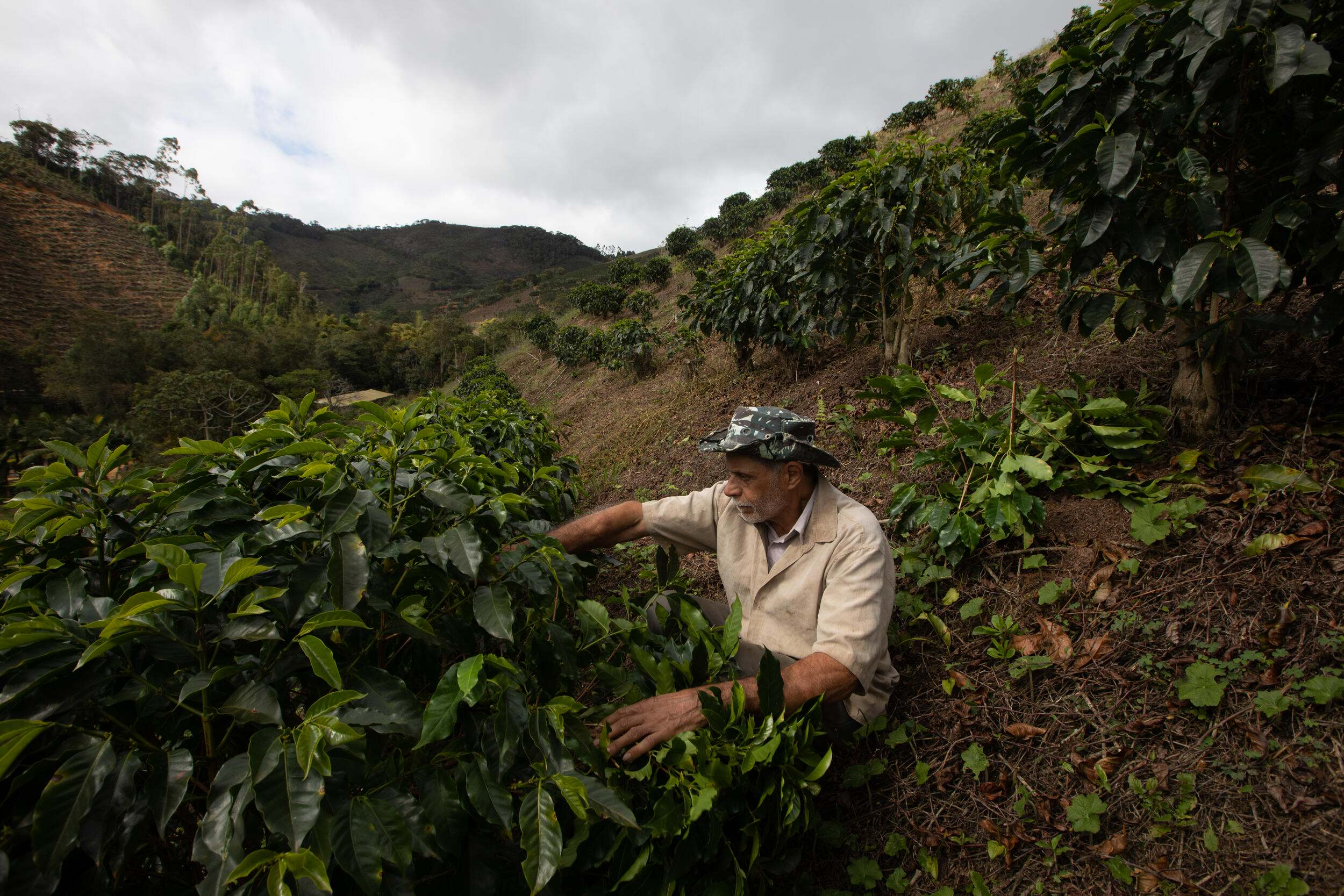
Principle 2: Natural climate solutions are sustainable.
NCS are primarily designed to provide effective climate benefits, but since they are implemented and maintained through human stewardship actions, it’s important that they allow ecosystems to sustain the delivery of critical services to the humans that steward them. If NCS undermine the provision of food, fiber, wood, biodiversity, and resilience, they are less likely to be sustained by the people who need these services to thrive.
Natural climate solutions sustain biodiversity.
In many cases NCS actively preserve and foster biodiversity by protecting and adding habitat and food sources for wildlife and by restoring plant species that were otherwise degraded or in decline. A key component of the sustainability principle is that NCS must not harm biodiversity. If we return to the reforestation example, adding trees to native grasslands may help carbon sequestration by increasing tree biomass in the area, but would damage wildlife habitat and reduce native biodiversity by negatively impacting species that depend on grassland ecosystems for survival.
Quote

If natural climate solutions undermine the provision of food, fiber, wood, biodiversity, and resilience, they are less likely to be sustained by the stewards that need these services to thrive.
Natural climate solutions sustain food, fiber, and wood production.
Thriving economies and communities are essential to the longevity of NCS. These solutions often occur in food systems, such as agricultural or grazing lands or coastal ecosystems where fishing occurs. In these areas, NCS can (and often do) actively contribute to healthy and sustainable food production, providing food security and upholding the livelihoods of farmers, ranchers, and fishers. Another key aspect of NCS is that they cannot, on net, actively reduce the production of food, fiber, and wood.
For example, forest-based NCS (like improved forest management and avoided deforestation) must consider the impacts on both people and the climate. Trees and forests play a pivotal role in storing carbon and reducing emissions but they also sustain the livelihoods of communities who rely on food, fiber, and wood. Reforesting croplands would not be considered an NCS because it threatens food security, nor would letting managed forests regenerate to their natural state in ways that compromise timber and wood products. The world still needs these products to continue thriving. NCS facilitate the necessary, ongoing production of fiber and wood resources ‑ which can have a much smaller carbon footprint in comparison to other building materials - without causing unnecessary harm to forests.
Natural climate solutions sustain climate adaptation services.
Natural climate solutions can also help communities and ecosystems adjust to the changing climate. Restoring mangroves in coastal communities, for example, not only stores additional carbon – it helps prevent coastal erosion and provides a buffer against storm surges. As the effects of climate change worsen, ensuring NCS are sustainable must include consideration of how these actions can help people and nature adapt to changing conditions, and ensure these critical resiliencies are not compromised.
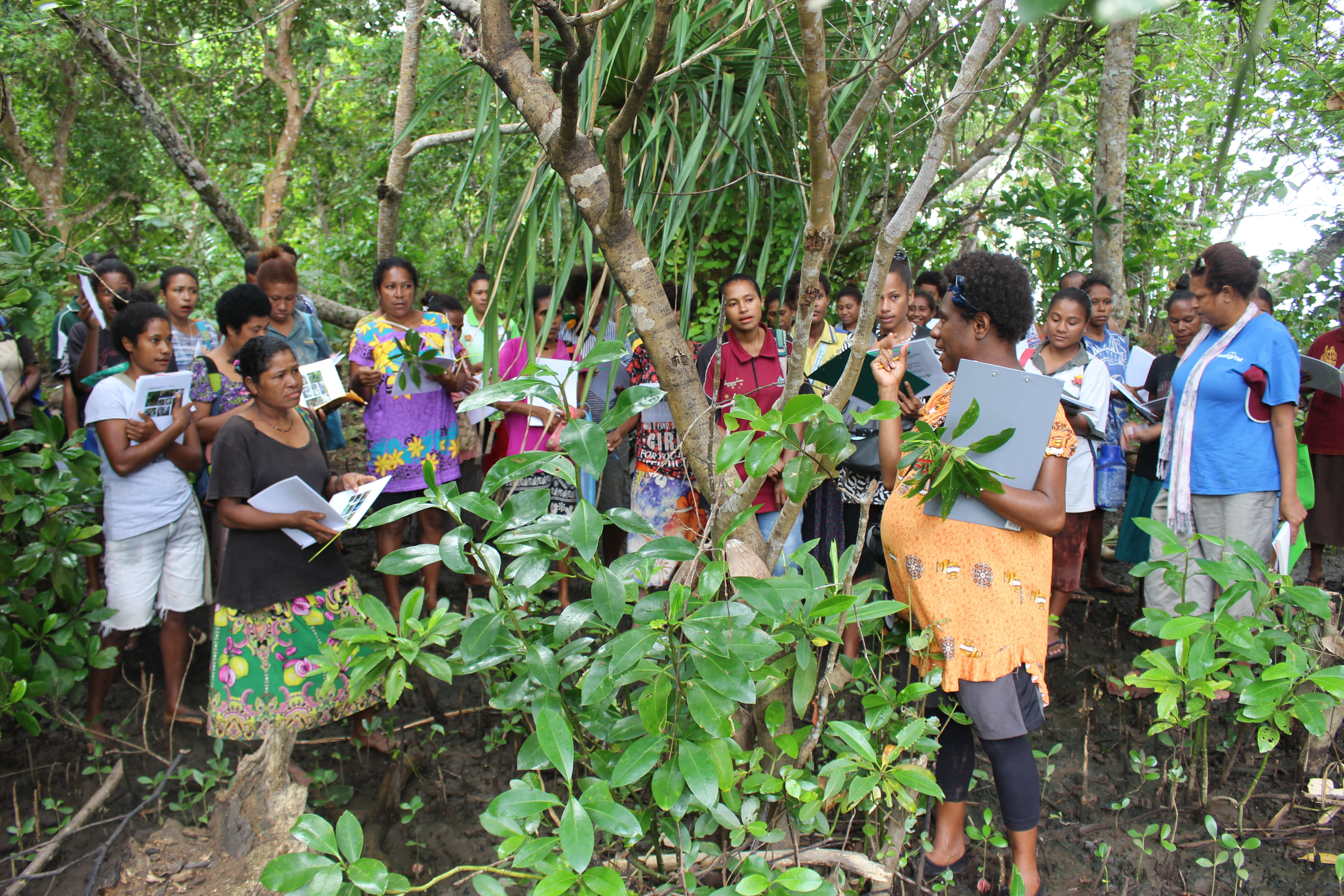
Case Study
Women-Led Mangrove Conservation in Papua New Guinea
Women in the coastal communities of Papua New Guinea (PNG) have extensive knowledge of mangroves, as the group that relies on these ecosystems the most – harvesting for timber, food, and other resources. In fact, women are responsible for 60-80% of all food production in PNG. TNC is supporting the economic and cultural empowerment of women via a unique partnership with Mangoro Market Meri (Mangroves, Women, and Markets), an initiative that links women-led conservation to sustainable economic development activities, creating long-term benefits for mangroves and the women of PNG.
Mangoro Market Meri supports local conservation efforts by empowering women to realize the benefits of mangrove ecosystems. Project activities range from building markets for sustainably harvested mangrove products such as shellfish and mud crabs, to launching an education and resource center. TNC provides training in leadership, financial literacy, and business and conservation management that generates needed income, employment and leadership opportunities for women that are committed to protecting their mangrove forests. The project is also piloting a blue carbon market initiative that will enable communities to benefit from mangrove conservation and restoration and will lead the way for blue carbon climate mitigation in PNG.
Why are mangroves in PNG so important?
Papua New Guinea is home to 75% of the mangroves in the Pacific and is second to Indonesia in mangrove diversity. These “blue carbon” systems help mitigate climate change, as they capture carbon dioxide and other greenhouse gas emissions from the atmosphere and store them in their marine soils for millennia. Mangroves support fishing jobs and food security and help biodiversity flourish by providing habitat for aquatic species and water birds. Mangroves also support coastal resilience for people and infrastructure, filter pollutants in water flowing from rivers into the ocean and prevent seawater from entering freshwater sources.
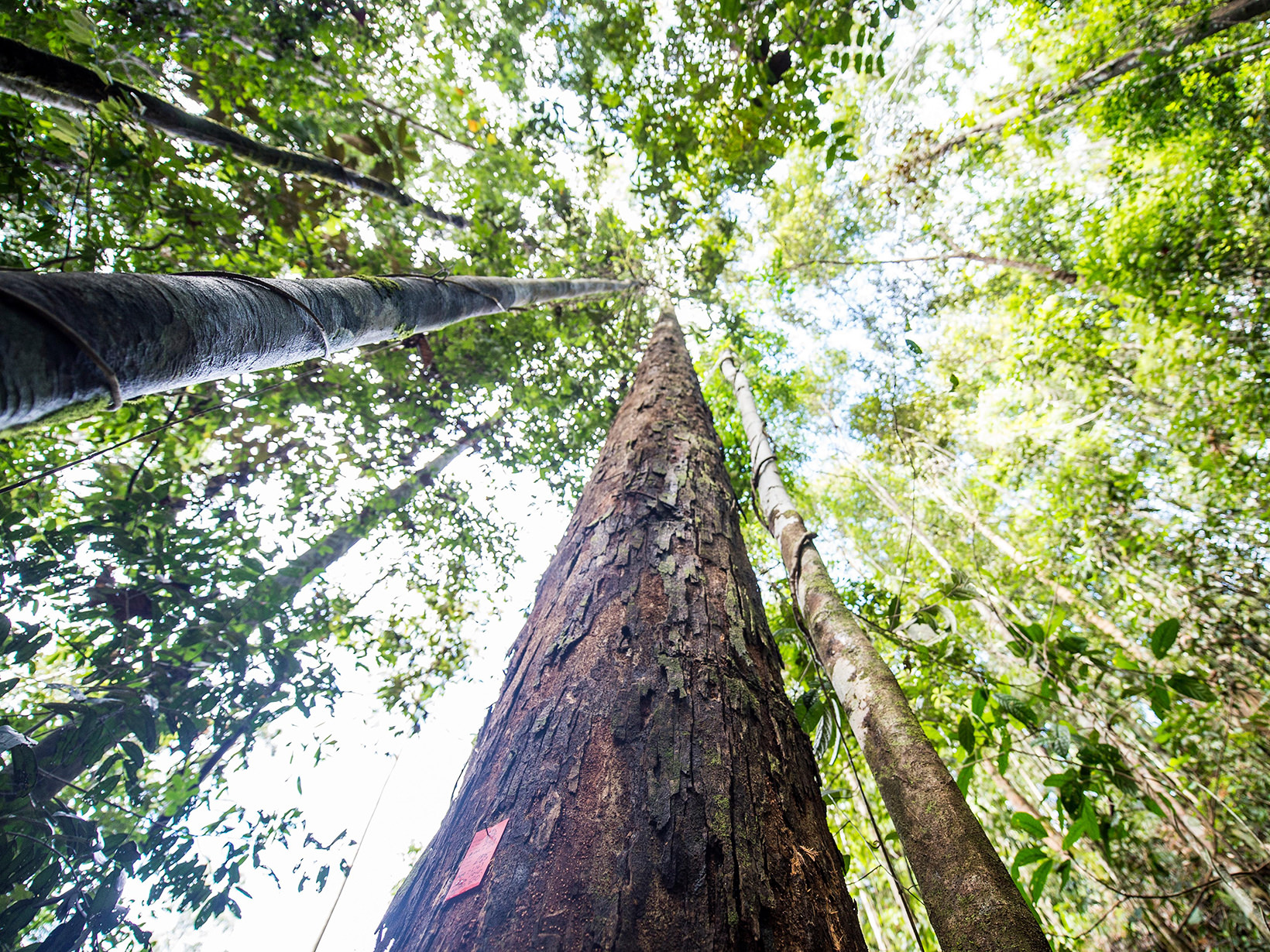
Principle 3: Natural climate solutions are climate-additional.
This means that NCS must provide additional, lasting climate benefits that wouldn’t have occurred without human intervention or extra investment in the potential of nature. For example, avoided forest conversion is an NCS pathway that requires tangible conservation action to prevent a forest from being converted for other uses such as a pasture or palm oil plantation.
NCS shouldn’t replace efforts to reduce emissions but should complement them, delivering long-term results in the effort to tackle climate change. They should also provide durable climate mitigation. This means that any positive changes we make to reduce emissions and combat climate change using NCS should last long enough to have a measurable impact.
Quote
Natural climate solutions shouldn’t replace efforts to reduce emissions but should complement them, delivering long-term results in the effort to tackle climate change.
Of course, it’s important to remember that nothing on Earth is permanent. Therefore, when we think about NCS we should be thinking about durability and not permanence. Every ton of carbon stored today helps us bend the global temperature curve towards cooling. Given the urgency of climate change, we need to focus on what is available to us right now. Furthermore, Earth’s systems are dynamic, and even if individual parts decline or disappear, the system as a whole will persist.
Another important aspect of additionality in NCS to consider is that natural climate solutions are not used to compensate for emissions that need to be avoided in the first place. Natural climate solutions are not a substitute for the massive and rapid fossil fuel emissions reductions we need. There is simply no plausible way out of the climate crisis if we don’t transition to renewable energy. But the same is true for NCS. We must also reduce emissions from land use change and agriculture and increase carbon removals from restoration and improved management to meet global climate targets.
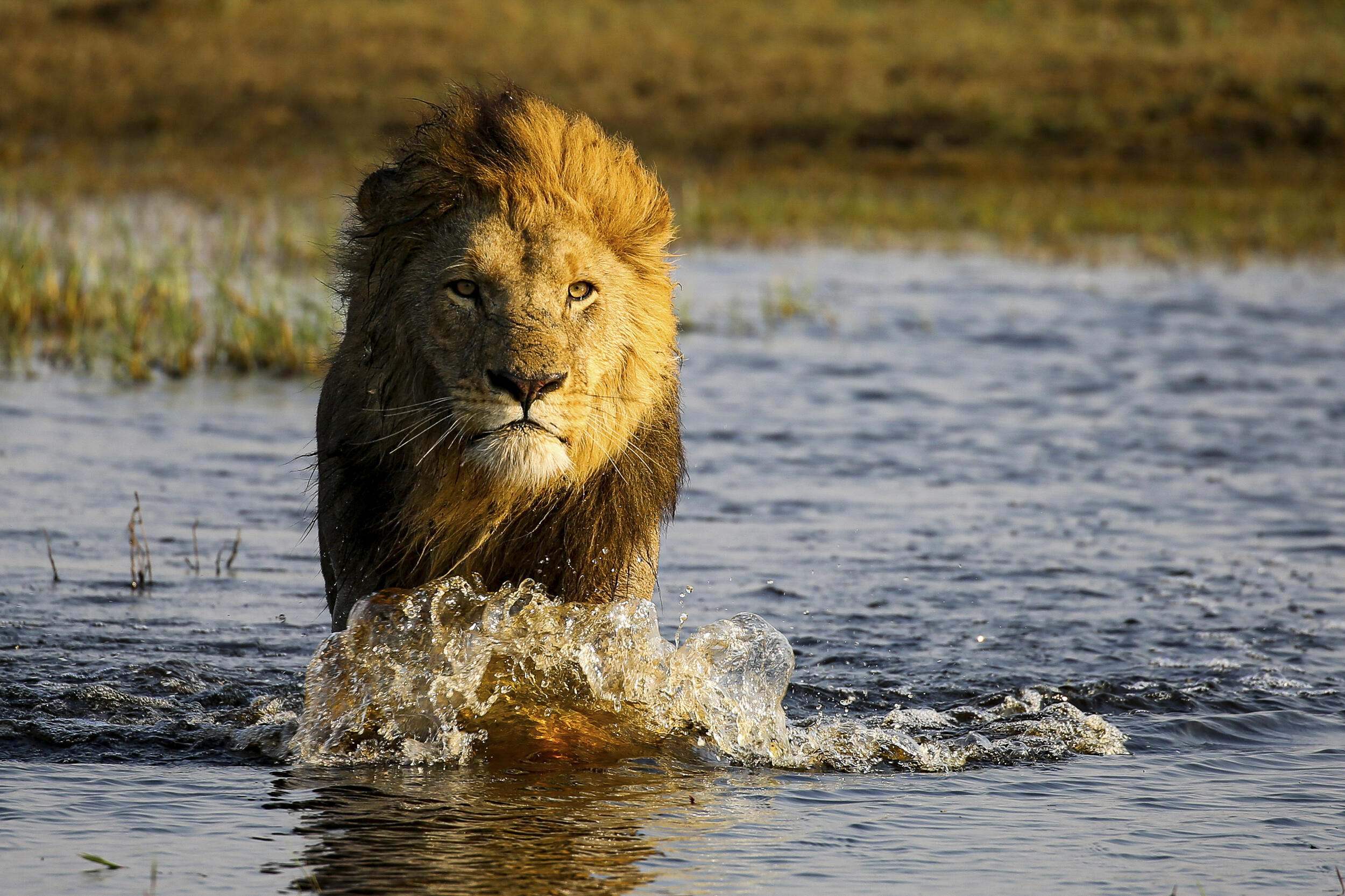
Case Study
Peatland Conservation in the Upper Okavango
The Cubango-Okavango River Basin spans Angola, Namibia, and Botswana and provides water for around one million people. More than 700 animal species also depend on the delta during the dry season. However, while much of the delta itself is under legal protection, the upper Okavango in Angola – comprising a series of biodiversity-rich lands, rivers, and lakes that feed 80-90% of the basin below – is under threat from unsustainable fishing and agriculture, fire, infrastructure development, changing climate conditions, and other human disturbances.
Within this region, the upper Cuito sub-basin and Cuando basin are believed to hold one of the largest remaining peat deposits in southeast Angola. With their diversity of wetland plants these headwater areas are critical for sustaining biodiversity. They also have important local benefits for community livelihoods as well as downstream benefits for community fisheries and ecotourism. Peatlands also offer a high concentration of climate mitigation benefits – while they cover only 3% of the globe, these ecosystems store up to a third of the world’s terrestrial carbon. Despite their importance, the peat resources in the highlands of southeast Angola have not yet been well-characterized or mapped. There is thus an opportunity to assess the climate mitigation potential of these peatlands, and potential threats to these valuable systems, to inform the development of peat conservation and restoration strategies in the region.
TNC is undertaking an NCS program nested within the already established TNC Okavango program, supporting its three strategic pillars: Community based conservation linked to protected area management; smart development that meets the needs of people and nature; and long-term sustainable finance mechanisms for conservation and management of the Okavango Basin.
To build on this successful program, the prototyping research project will work with partners to map and estimate peatland areas in the upper Okavango, assess existing and potential threats to southeast Angola’s peatland systems, and identify possible interventions for peatland conservation and restoration. In following Principle 3, scientists in the region are holding themselves accountable to evidence-based assessments of threats to these peatlands before making claims on the mitigation their protection affords.
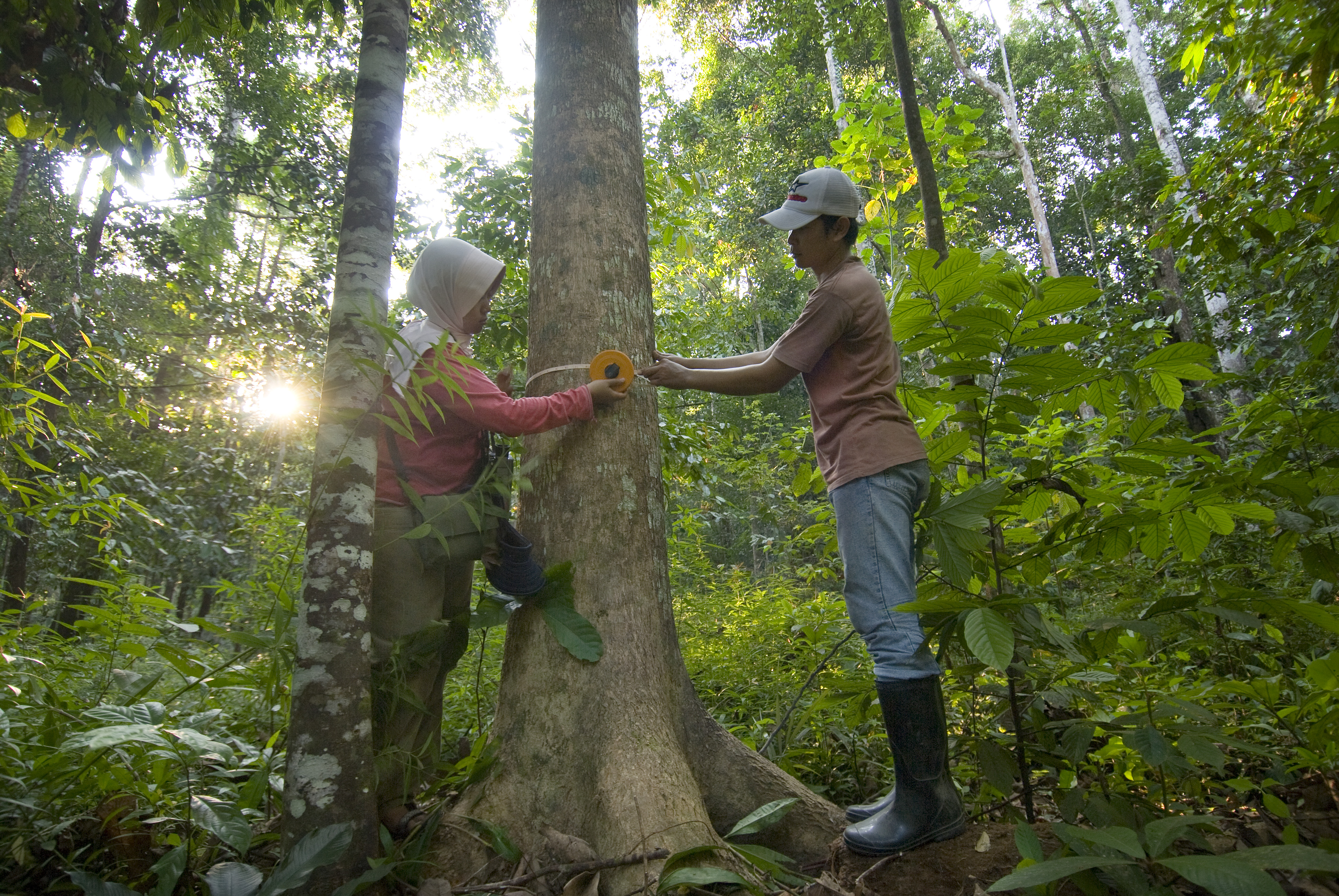
Principle 4: Natural climate solutions are measurable.
Natural climate solutions need to be consistent, transparent, measurable, and accurate. We cannot understand how NCS are solving to the climate crisis unless we measure how much carbon these interventions are reducing and removing from the atmosphere. But in some cases, carbon is not the only factor that influences climate. Therefore, NCS must quantify their climate benefit as consistently and completely as possible and consider all the factors that could impact the climate, including climate-influencing agents such as methane (CH4) and nitrous oxide (N2O), or changes in reflectivity (or albedo), such as from snow to evergreen forest. For example, even though planting more trees is usually good for the climate, in snowy, boreal places, additional tree cover might cause more warming because absorb sunlight that was reflected by the snow.
Natural climate solutions accounting is conservative.
When estimating the positive effect of NCS, it is important to be cautious and include interventions only after science has demonstrated their value. For example, new research is just beginning to demonstrate how liana removal in forests can be included as part of a broader suite of climate-smart forestry actions, but scientists working on this NCS are ensuring sufficient evidence exists to effectively demonstrate a net climate-positive effect. By focusing on these specific, evidence-backed practices, the approach ensures we’re considering only those actions we’re confident will combat climate change.
We must be cautious and clear about the true effectiveness of certain actions and recognize that even if they benefit people or the environment, not all interventions that appear as nature-based solutions have measurable climate benefits. In many cases, these climate benefits are demonstrated through use of a carbon methodology that transparently attributes a climate benefit to a specific activity. But not all methodologies are created equal, and some still require transparent testing to highlight the risks, inaccuracies and inefficiencies further research and measurement.
Quote
We cannot understand how natural climate solutions are solving the climate crisis unless we measure how much carbon these interventions are reducing and removing from the atmosphere.
Natural climate solutions accounting avoids double counting.
Even if NCS methodologies are well-vetted, different well-measured NCS can still overlap with each other. This is why it’s important to pay attention to double-counting. NCS action should be measured using accounting best practices so the climate mitigation potential is only counted once in emissions inventories or carbon market schemes. This is critical to ensure transparency and accuracy of reporting and avoids inflating the impact of natural climate solutions. For example, if a global organization is working with a community on designing an NCS project in pastures and is considering both the potential of reforestation and improved grazing management activities on the same parcel of land, when estimating the NCS opportunity we can only account for one of the opportunities – not both.
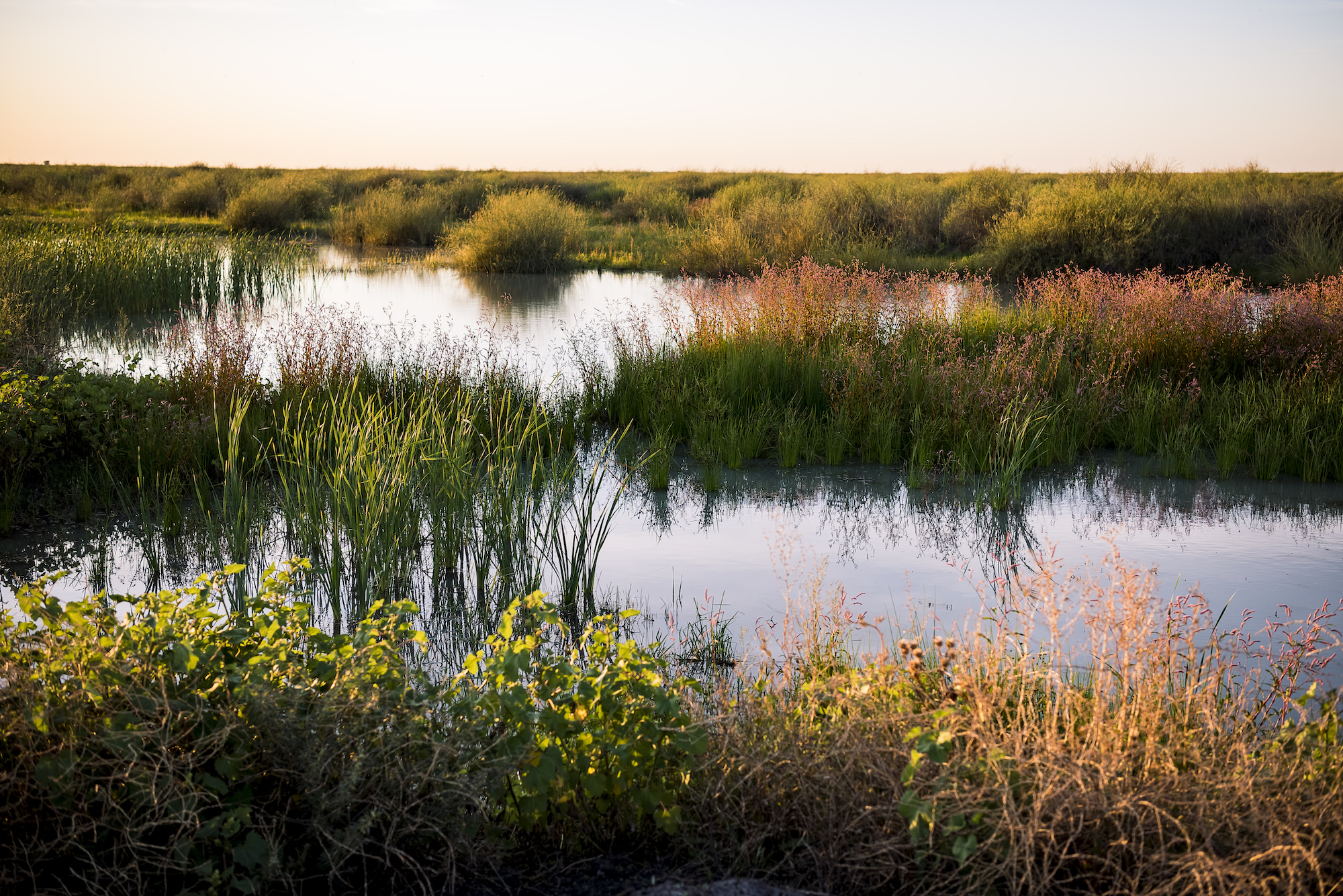
Case Study
Restoring Australia’s Coastal Wetlands
Australia’s vast coastal wetlands—which include tidal marshes, seagrass meadows and mangroves—are biodiverse, rich ecosystems that provide critical ecosystems services. These ‘blue carbon’ systems improve coastal resilience, purify groundwater reserves and sequester billions of tons of carbon from the atmosphere at concentrations up to five times greater than land-based forests. They provide habitat for fish nurseries and migratory shorebirds and offer significant economic benefits via tourism and recreation. However, only half of the country’s coastal wetlands remain and in South Australia it is estimated that up to 70% of wetland ecosystems have been lost.
In 2021, TNC, Government of South Australia and COmON Foundation announced a $1.2 million partnership to restore coastal wetlands across South Australia’s emerald coastline through an innovative blue carbon finance project. The effort is helping to restore up to 2,000 hectares of wetlands across 700 kilometers in Gulf St Vincent and Spencer Gulf, and is among the first group of coastal wetland restoration sites funded under the Commonwealth Emissions Reduction Fund’s new blue carbon methodology.
Building on the success of this partnership, TNC’s Global NCS team in partnership with TNC Australia will develop a state-wide model of sustainable financing and insurance to protect more than one million hectares of blue carbon ecosystems. The project will evaluate costs and benefits of wetland restoration, as well as barriers and enabling conditions – ensuring that any potential NCS interventions are measurable and accurate before they are implemented.
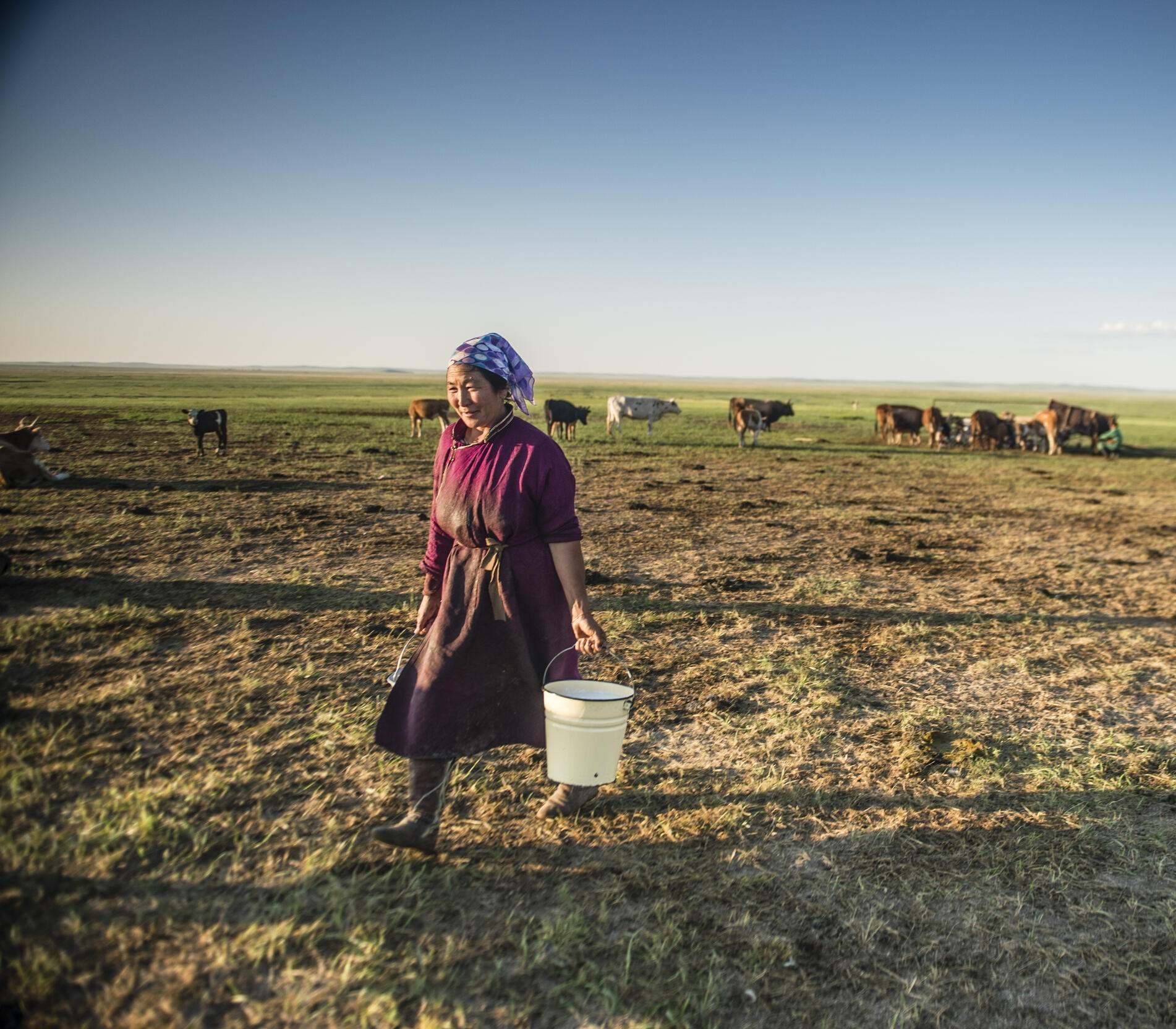
Principle 5: Natural climate solutions are equitable
Historically, vulnerable populations are the most affected by climate change and Indigenous Peoples, local and coastal communities and women have been overlooked or mistreated when it comes to decisions impacting their land and waters. To be successful, climate actions need to not only include these groups, but respect and value their unique culture, knowledge, rights, and self-determination. Natural climate solutions need to foster a just and inclusive approach to climate solutions to the benefit of whole communities, vulnerable populations, and Indigenous rights’ holders.
Natural climate solutions projects that respect human rights and Indigenous leadership will not only be more resilient, accepted, and adopted but will contribute in a more meaningful way to global climate solutions.
Natural climate solutions respect human rights.
Implementing NCS is about the survival of our planet and our species. Natural climate solutions respect and promote national and international human rights laws to avoid negative human rights impacts, and so all people and ecosystems can contribute to and benefit equitably from climate solutions. Natural climate solutions need to work with and in support of traditionally underrepresented, marginalized, and vulnerable groups, recognizing their rights and ability to contribute their knowledge to successful NCS implementation.
For example, we cannot, in the name of climate action, use financial resources to acquire land from subsistence farmers or local communities — who depend on the land and lack the same resources — and call it NCS.
Quote
Natural climate solutions projects that respect human rights and Indigenous leadership will not only be more resilient, accepted, and adopted but will contribute in a more meaningful way to global climate solutions.
Natural climate solutions respect Indigenous self-determination.
Natural climate solutions practices honor Indigenous self-determination, knowledge and leadership, recognizing and valuing their vital role in stewarding lands and waters since time immemorial. For example, NCS must be implemented with Free Prior and Informed Consent (FPIC) from Indigenous Peoples and local communities, demonstrating respect, responsibility, and action.

Case Study
Supporting Ecuador’s Ancestral Agroforestry Systems
Indigenous communities in the Ecuadorian Amazon have a long tradition of practicing agroforestry systems known as chakra. Chakra are the most common production system in the region, and are unique for their high biodiversity and mixed plantations of timber-yielding and fruit tree species. In recognition of the value of these practices, as of 2023 the chakra are recognized as part of the FAO’s Globally Important Agricultural Heritage Systems (GIAHS). However, pressures to produce alternative commodities mean many of these traditional systems are at risk of being replaced by monocrops. The protection and management of chakras not only supports their cultural and spiritual values – it can prevent deforestation and conversion of the land to more intensive commercial agricultural systems which can have devastating consequences for biodiversity, climate resilience, and livelihoods.
Globally, agroforestry systems have significant potential as natural climate solutions as these initiatives result in increased greenhouse gas (GHG) emissions removal and storage within the ecosystem that are otherwise released into the atmosphere. Given the climate mitigation potential of chakras, TNC Ecuador recognizes that we should combine several strategies to ensure the continuity of these ancestral systems and generate additional revenue opportunities for farmers: strengthening organizational capacities, improving access to fair markets, providing policy incentives and carbon markets.
This NCS project aims to strengthen Indigenous livelihoods and the continuity of ancestral chakras, recognizing their extraordinary value as cultural, spiritual and environmental practices. The project will consolidate scientific information about the mitigation potential of traditional production systems that Indigenous peoples implement in their territories, with the purpose of accounting for this potential within local and national commitments and generating economic incentives to promote and strengthen these traditional chakra practices. Importantly, the project follows a ground-up strategic approach, with local communities leading the way and TNC providing support and resources under the direction of the Indigenous leaders and communities who steward this land.
Download the Paper
The Principles of Natural Climate Solutions
The full paper is available at Nature Communications via open access.
Read and download the paper hereWe cannot achieve the Paris Agreement’s global climate goals without the harnessing the power of natural climate solutions. NCS are readily available and cost-effective, allowing for swift implementation around the world – provided they follow the five principles above.
Global leaders have years, not decades, to implement plans to reduce and remove greenhouse gases from our atmosphere. “The Principles of Natural Climate Solutions” paper presents a guide for completely rethinking our relationship to nature, encouraging us to not only act but steward nature equitably and with maximum climate impact.
TNC works in partnership with scientists, Indigenous Peoples, communities, and leaders across the globe to work together on deploying nature's potential to achieve our global emissions reduction goals.
Introducing:
naturebase
The principles outlined in this article provide the foundation for naturebase, a free open-data platform which helps policymakers, practitioners, and technical experts identify, analyze, and make informed decisions on why, where, and how to implement natural climate solutions (NCS) to benefit people and the planet.
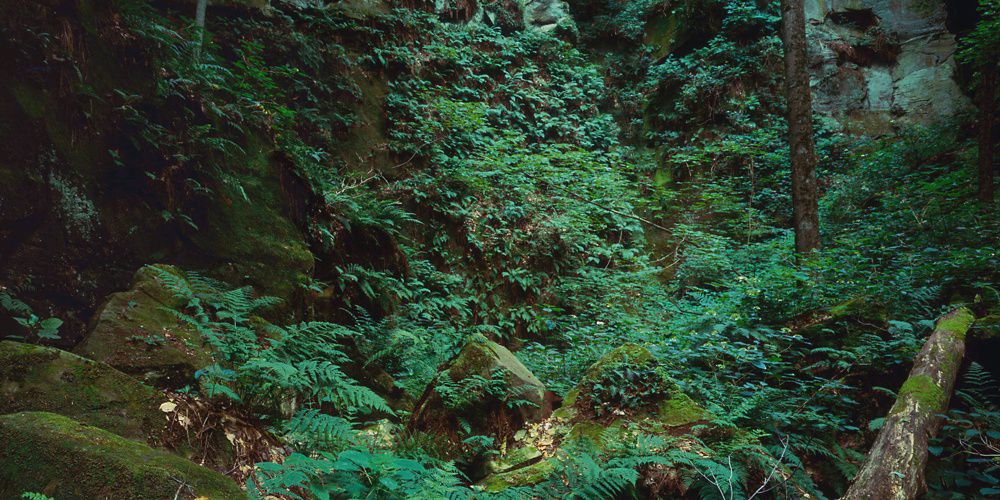
Development of the platform was led by experts at The Nature Conservancy, with contributions from numerous organizations across the environmental sector. The Principles of NCS were weaved into the creation of naturebase, providing guidance for the accounting used by the wealth of new data offered through the platform, and offering strategies for effective implementation, project integrity, and the prioritization of human rights.
